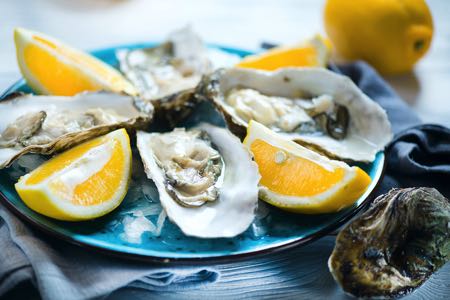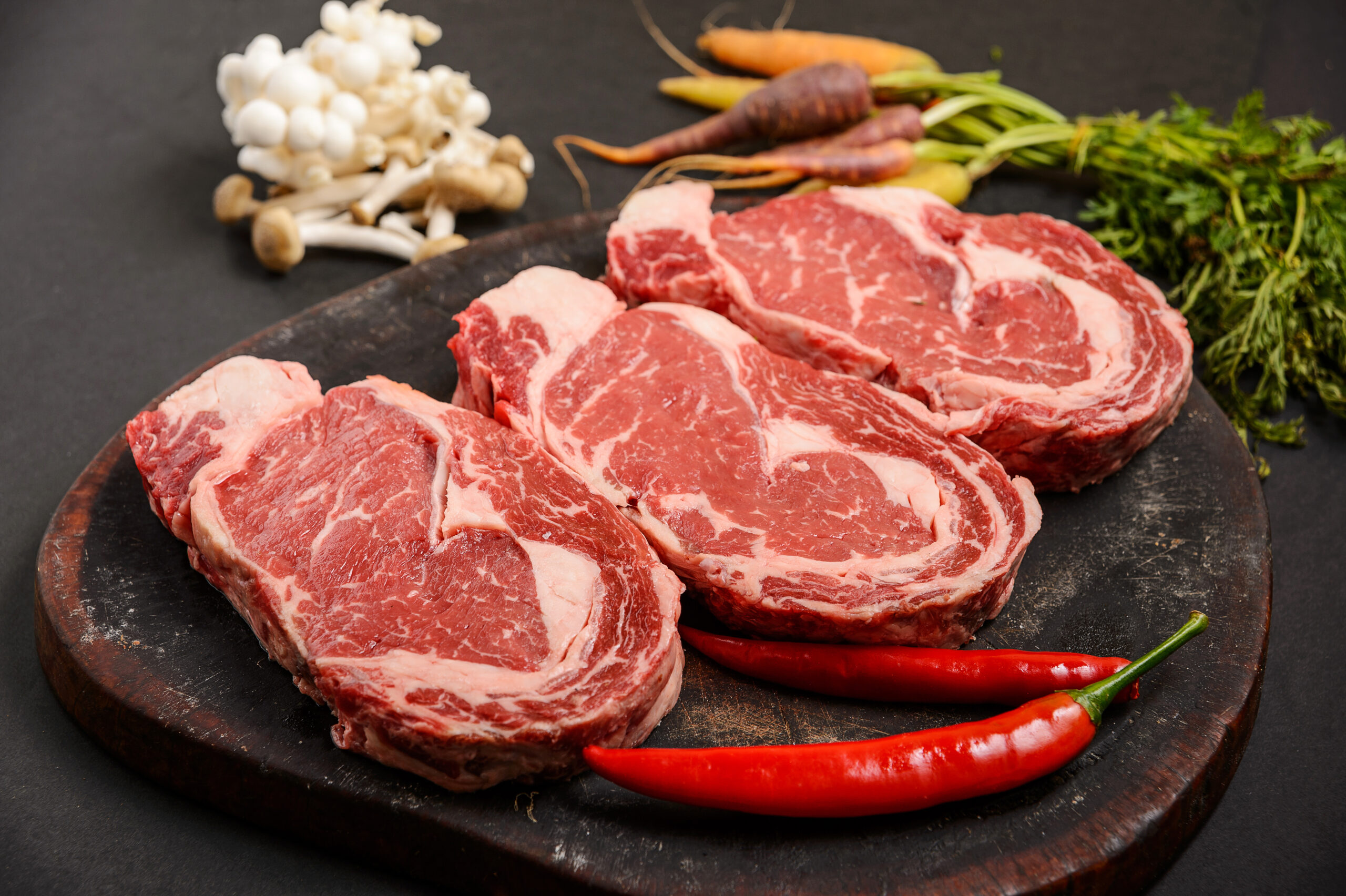Quotes from Food Engineering Magazine, March 22, 2024
Cultivating the Future: The Rise of Cultured Meat
The process of creating cultured meat entails the cultivation of animal cells within bioreactors, where they are nurtured in a regulated and uncontaminated setting. This innovative approach is poised to transform our conventional perceptions of food production.
To date, financial contributions have been channeled predominantly towards innovation and the enhancement of manufacturing processes, with the aim of introducing the inaugural products of lab-grown meat into the consumer market. Presently, the industry dedicated to producing meat through cultivation methods encompasses in excess of 150 enterprises, which collectively have received financial support approximating $3 billion, as reported by a leading food innovation organization.

Key Drivers of Lab-Grown Meat Advancement
Growth is influenced by a multitude of elements. Broadly speaking, these encompass:
1. Environmental Impact: The development of lab-grown meat is seen as a potential ecological boon, potentially demanding far less in terms of land, water, and energy, while also possibly reducing the emissions of greenhouse gases when compared to the traditional methods of meat production.
2. Global Food Supply Chain Security: With the global population expected to surge to around 10 billion by the mid-21st century, there is growing concern over the sufficiency of traditional meat production to meet the escalating protein requirements, which may need to rise by 60% to cater to the demand.
3. Animal Welfare and Ocean Preservation: The production of lab-grown meat is also a response to ethical issues surrounding animal treatment in mass farming operations and the critical need for ocean conservation, as overfishing places immense strain on marine habitats. Lab-grown seafood could alleviate some of these pressures by providing alternatives free from common ocean pollutants such as microplastics and mercury.
4. Food Innovation: The advent of lab-grown meat presents a chance to not only substitute traditional meat sources but also to enhance plant-based alternatives that fall short of consumer expectations, as well as to innovate entirely new varieties of meat products previously unavailable in the market.
** To access the complete text, please click here **











